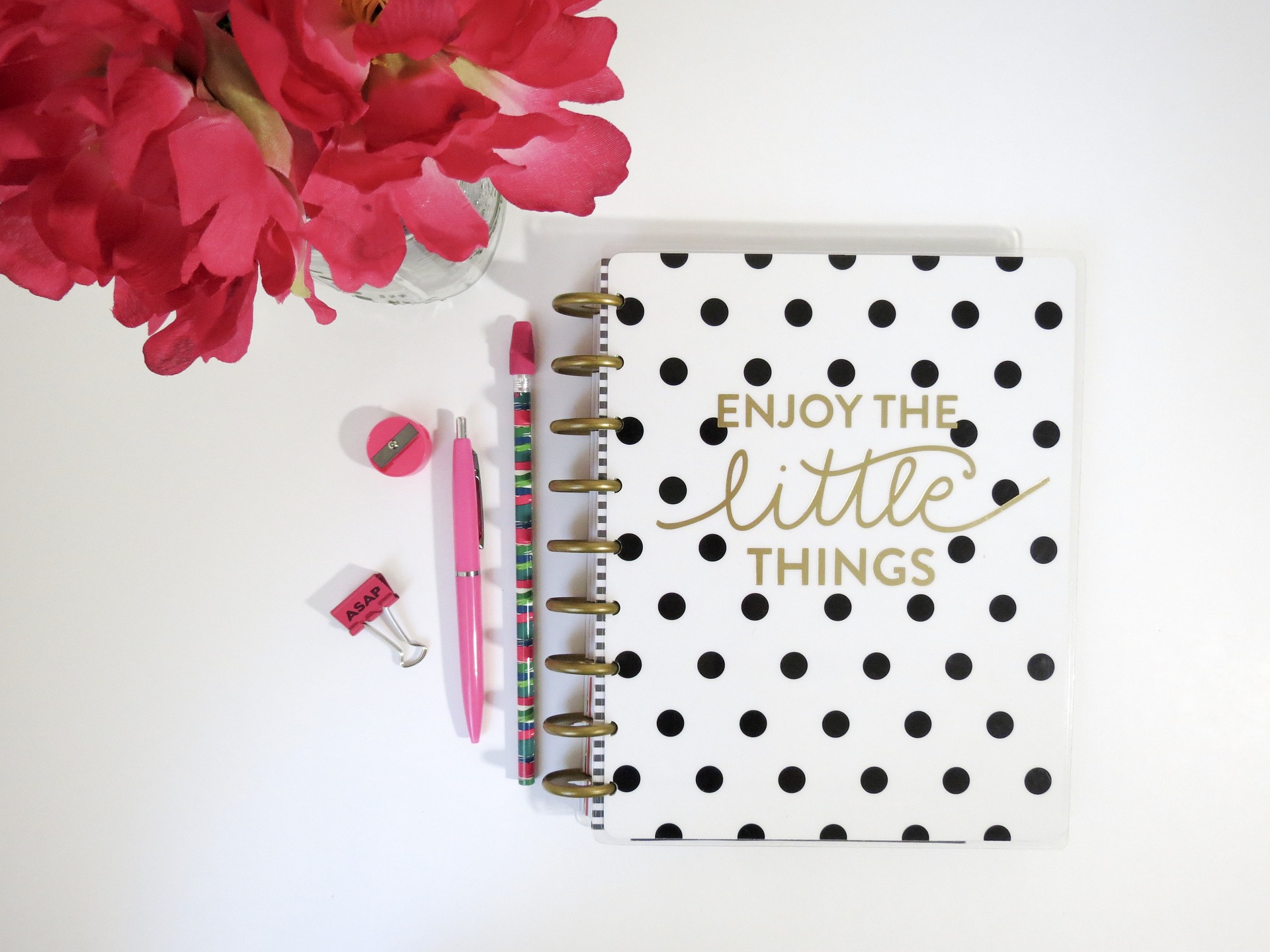Table of Contents
There are thoughts and emotions that we often fail to express aloud. Whether it is out of shame, fear of being judged or simply because it is difficult for us to explain them too. In order not to have these difficulties, there is a classic and simple practice that comes to our aid: write our thoughts, telling them only to ourselves, more commonly known as journaling.
Journaling: what it is
If as a teenager the secret Diary it was the place to open up and reveal unspeakable secrets, for adulthood there is a similar practice but with a different name. This is journaling, an English term that indicates a technique for keep a permanent track of your thoughts and their own life. In other words, it is a diary writing free flow of thoughts.
This type of writing is as ancient as it is widespread: presidents, sovereigns and illustrious writers have resorted to journaling to help themselves in daily life and to achieve their goals.
Keeping a diary up-to-date, in fact, on which to write down reflections and ideas is a technique for relax your mind and to express what you have deep inside. The aim is just that: to improve general well-being, help in stress management, focus dreams and identify desires.

Journaling: how to do it
A fundamental prerequisite for journaling is handwriting. So arm yourself with pen and paper, because only in this way will writing be truly liberating.
Writing is a complex activity, and journaling is no exception. In front of the blank page it can be difficult to find the right stimulus to start and even just put the tip of the pen and make a mark. Especially when you start you can get caught up in writer’s block. But fortunately they exist different techniques to start journaling, you just need to find the one that best suits your needs.
Free writing
Free or creative writing, there are no rules. The important thing is to write down any thoughts that come to mind at any time of the day.
The pages of the morning
Also known as morning pages, it is one of the most recommended and popular techniques. It is a real morning ritual in which to freewheel 3 pages before starting the day. There are no constraints but just write everything that comes to mind, respecting the quantity of the 3 pages.
Art journal
Suitable for those who do not like writing, this version of journaling is used any creative technique come to mind: markers, paint, collage, scribbling. This is an intensive workout for the creative mind, that it has a language made up of images, symbols, shapes. In this way it is possible to best express those aspects that it is difficult to describe in words. The notebook will gradually become a real artist’s book, unique and precious.
Journaling ideas
If you lack initial inspiration or need a structured pattern you can try a guided journal, a driven diary typically filled with prompt, ie suggestions on specific topics (such as “What are your goals for 2021?”) which, by helping reflection, will make you familiar with this practice.
The benefits of journaling
But what are the advantages of journaling? In addition to train and stimulate our creativity, writing is the best way to get thoughts out. By fixing them on paper we give shape to our ideas and we become more aware of them. Little by little, in fact, interesting ideas emerge that the rational everyday mind does not think about. Furthermore, it is an opportunity for highlight emotions and knots that are sometimes not clearly seen. Writing helps us to do a work of introspection and to investigate deeper within ourselves, to better understand what our desires and our life expectations are and what we really want for ourselves. It is also a good tool for the problem solving, great for putting things in focus and finding solutions more easily.
There is therefore no right or wrong way to journal. Just start writing, to clarify and find the answers that very often are already within us.











